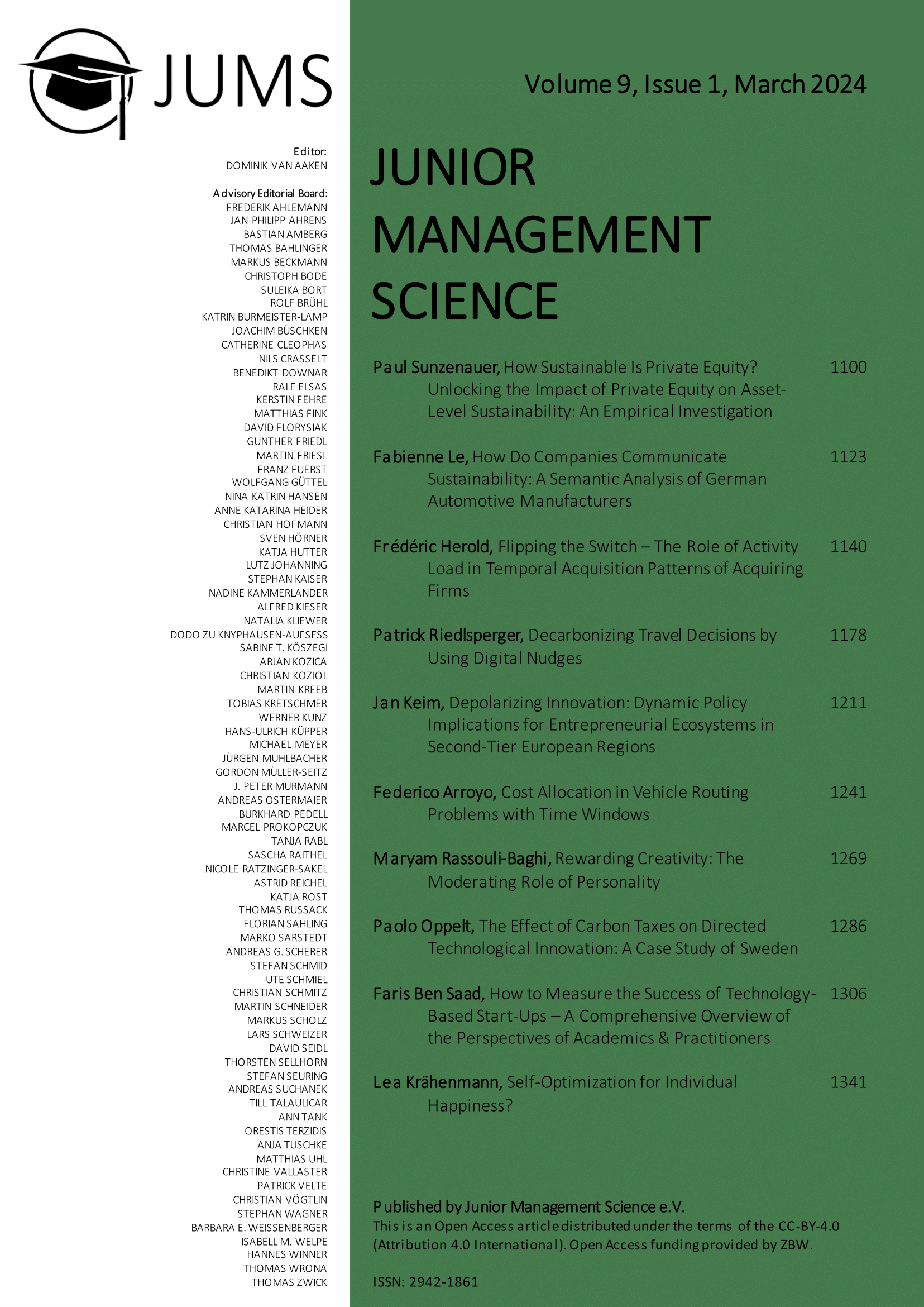Abstract
This study presents evidence on the effect of a firm’s activity load from acquisitions on its temporal acquisition pattern. Exploiting a panel of the 300 largest Fortune Global 500 firms over the 1990-2010 period, I use a hybrid logit model in which I regress momentum on activity load. I find that increases in the activity load from acquisitions, on average, reduce a firm’s likelihood to maintain acquisition momentum. That is, the increase in acquisition activity created by acquisition routines and cognitive maps of managers translates into a higher activity load until firms face a situation of information overload. Rational acquirers neutralize this pressure by reducing their acquisition volume which, in turn, decreases the activity load burden. Moreover, my results reveal that acquirers can switch from targets in a higher-complexity target firm category to targets in a lower-complexity target firm category to reduce their activity load burden while maintaining overall momentum. Yet, I obtain ambiguous results when examining heterogeneity in acquirer responses arising from differences in absorptive capacity. With these findings, my study adds to prior literature on acquisition patterns, strategic momentum, and the interplay between a firm’s activity load and absorptive capacity.
Keywords: activity load; M&A; momentum; switching behavior; temporal acquisition patterns

Dieses Werk steht unter der Lizenz Creative Commons Namensnennung 4.0 International.
Copyright (c) 2024 Frédéric Herold

